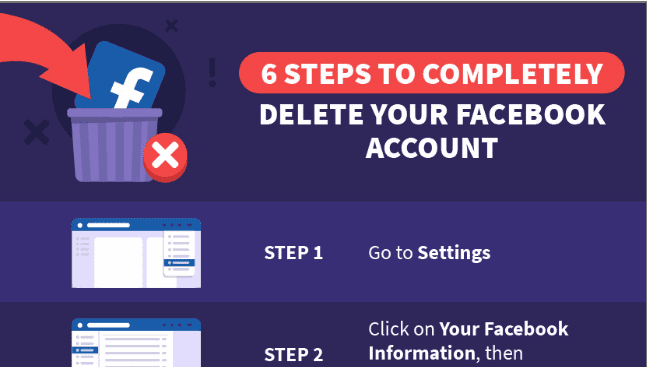
How to Design an AI Marketing Strategy
What the technology can do today—and what’s next by Thomas H. Davenport, Abhijit Guha and Dhruv Grewal
SUMMARY: In order to realize AI’s giant potential, CMOs need to have a good grasp of the various kinds of applications available and how they may evolve. This article guides marketing executives through the current state of AI and presents a framework that will help them classify their existing projects and plan the effective rollout of future ones. It categorizes AI along two dimensions: intelligence level and whether it stands alone or is part of a broader platform. Simple stand-alone task-automation apps are a good place to start. But advanced, integrated apps that incorporate machine learning have the greatest potential to create value, so as firms build their capabilities, they should move toward those technologies.
Of all a company’s functions, marketing has perhaps the most to gain from artificial intelligence. Marketing’s core activities are understanding customer needs, matching them to products and services, and persuading people to buy—capabilities that AI can dramatically enhance. No wonder a 2018 McKinsey analysis of more than 400 advanced use cases showed that marketing was the domain where AI would contribute the greatest value.
Chief marketing officers are increasingly embracing the technology: An August 2019 survey by the American Marketing Association revealed that implementation of AI had jumped 27% in the previous year and a half. And a 2020 Deloitte global survey of early AI adopters showed that three of the top five AI objectives were marketing-oriented: enhancing existing products and services, creating new products and services, and enhancing relationships with customers.
While AI has made inroads in marketing, we expect it to take on larger and larger roles across the function in the coming years. Given the technology’s enormous potential, it’s crucial for CMOs to understand the types of marketing AI applications available today and how they may evolve. Drawing on more than a decade of experience studying data analytics, AI, and marketing and advising companies across industries about them, we’ve developed a framework that can help CMOs classify existing AI projects and plan the rollout of future ones. But before we describe the framework, let’s look at the current state of play.
Today’s AI
Many firms now use AI to handle narrow tasks, such as…
Read The Full Article at Harvard Business Review






















